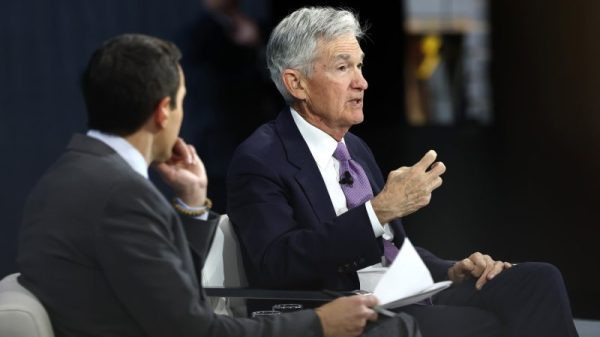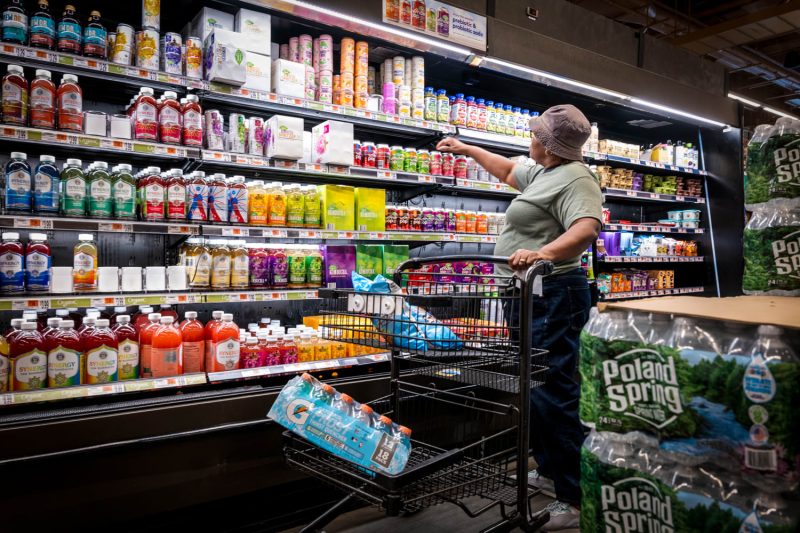As consumers navigate the aftermath of the turbulent economic landscape caused by the COVID-19 pandemic, one sector that has been particularly impacted is the grocery industry. The surge in grocery prices that was witnessed earlier in the pandemic has now settled down, bringing a sense of relief to shoppers. However, the effects of these price fluctuations have left a lasting impact on how consumers approach their shopping habits.
One of the key factors contributing to the initial spike in grocery prices was the disruption of supply chains. With lockdowns and restrictions causing logistical challenges, the cost of transporting goods increased, leading to higher prices for consumers. Additionally, panic buying and hoarding behavior by consumers further exacerbated the situation, creating shortages and driving up prices.
As the situation stabilized and supply chains adapted to the new normal, prices began to normalize. Retailers implemented measures to ensure the availability of essential goods and to prevent stockpiling. Government intervention, such as price controls on essential items, also played a role in stabilizing prices and protecting consumers from exploitation.
Despite the overall settling down of grocery prices, consumers are still adjusting their shopping habits in response to the lingering effects of the price surges. Many have become more conscious of their spending and are seeking ways to save money on groceries. This has led to an increased interest in budget-friendly meal planning, bulk buying, and comparison shopping to get the best deals.
The shift towards online shopping has also accelerated, with many consumers opting for the convenience and safety of having groceries delivered to their doorstep. This trend is expected to continue as consumers prioritize convenience and efficiency in their shopping experience.
Another trend that has emerged is the focus on sustainable and locally sourced products. Consumers are increasingly seeking out products that are eco-friendly, ethically produced, and support local businesses. This shift in consumer preferences is not only driven by a desire to make more conscious purchasing decisions but also reflects a growing awareness of the environmental impact of food production and distribution.
In conclusion, while the surge in grocery prices may have settled down, the effects of this period continue to shape consumer behavior. The pandemic has highlighted the importance of adaptability and resilience in the face of economic uncertainties. As consumers navigate this new landscape, they are reevaluating their priorities, seeking ways to save money, and making more sustainable choices in their grocery shopping habits. By staying informed and being proactive in their purchasing decisions, consumers can better navigate the ever-changing grocery market.





























